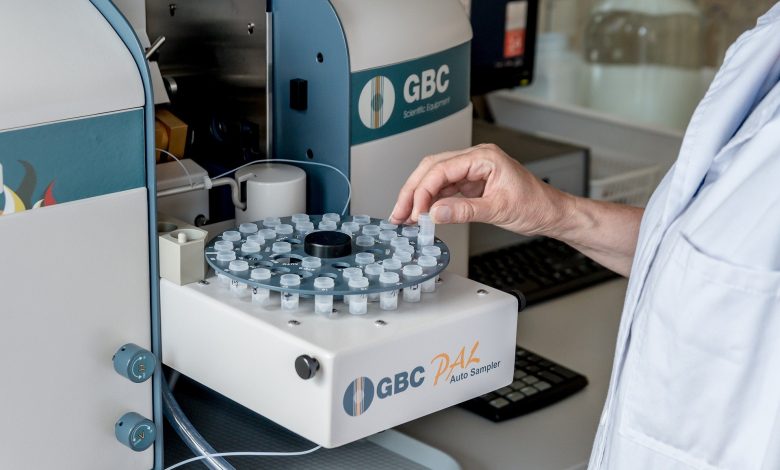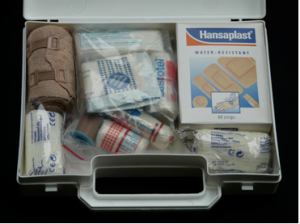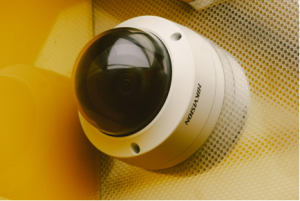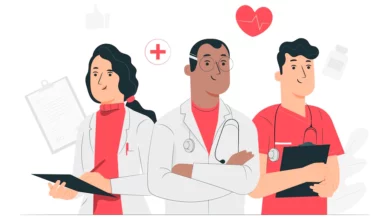Five Essentials Every Laboratory Requires

Every kind of lab is different, requiring specific things for the researchers to conduct their studies. They also need a primary group of fundamentals that all laboratories share. Some are for protection, while others are fundamental experimental instruments that practically every project will require at some point during the process.
Many of these products are so common that researchers don’t even consider their presence when setting up a new lab. Therefore, every researcher must consciously keep these in mind when equipping their workplace.
1. A First-Aid Kit

Researchers can bandage minor injuries such as scratches and chemical burns with first aid equipment. Each lab should keep a well-stocked, authorized first aid kit in a handy location. The first aid kit’s components should be periodically checked and renewed for a year. A decent first aid kit should include everything needed to treat minor injuries—bandages, different sizes of plaster, antiseptic wipes etc.
2. Personal Protection Equipment Kits
Scholars can avoid many mishaps if suitable personal protective gear is worn. To safeguard your garments and body when working in a lab, wear a safety apron and gloves. You must wear safety goggles or a face shield when doing any test that could endanger your eyes.
Usually, personal protective gear is designed to keep substances from coming into contact with your skin. Personal protection equipment is only intended to act as a momentary barrier to prevent contact with the toxin in all cases. If a hazardous splash or spillage happens, remove the affected protective equipment immediately and thoroughly wash the area with lots of water.
Before each use, examine your safety equipment. Aprons and safety glasses should be cleaned at regular intervals. Some gloves are disposable and only used for one activity, whereas others may be washed and reused. If a piece of safety equipment develops a hole, rip, or fracture, it should be changed immediately. If looking for affordable protection equipment, visit medicalkemei.com/.
3. Fume Hood
Fume hoods are also essential in labs that operate with chemicals. There are several types, but they all work by catching chemical vapours in a safe location and venting them out of the laboratory without subjecting them to the employees.
Considering that many joint lab compounds can be toxic to people when breathed and even those that appear harmless can cause long-term damage, protective hoods are required in practically every lab.
Various labs may require specialized fume hoods to handle certain substances. Although specialized technical models are not needed for every laboratory, many require them at some point for specific research. Laboratories, whether new or old, require medical lab supplies from time to time. It is necessary to keep updating them to avoid mishaps in the labs.
Labs that are meant for general use or that will have many owners, in the long run, should aim to incorporate customized fume hoods to ensure that future studies are not hindered while the scholars wait for them to be fitted at a future stage.
4. Keep Tabs On The Activity With The Help Of A Surveillance Systems

The surveillance technology enables specialists to closely monitor laboratory activities for the objectives of systems integration, evidence recording, health and safety, or where human influence might be harmful to health or disrupt test settings.
Laboratory CCTV surveillance is a valuable asset that safeguards experiments, equipment, proprietary information, and staff. CCTV cameras will also ensure that no misbehaviour occurs in the laboratory. There are numerous electronic and physical laboratory security methods available.
It is possible to utilize video surveillance to-
- Deter crime by detecting odd activity in real-time, which necessitates people dedicated to monitoring video output and is particularly effective when the presence of individuals alone is questionable;
- Validate entry authority by checking the worker’s identity;
- And verify the identity of unauthorized individuals following unauthorized access.
The required protection level and available resources influence the choice and execution. A good ptz camera factory will ensure a high-quality surveillance system for your laboratories.
5. Eyewash Stations
Eyewash stations are one of the most significant laboratories safety elements. The human eye is highly vulnerable to harm, particularly following a chemical spill or other event that allows foreign matter to enter the eye. The best protection against that problem is prevention. However, it is typically possible to prevent a significant amount of harm by cleaning the contamination out of the eye as soon as possible. Specialized eye wash stations provide the best possible chance of cleansing the eyes. Hence they should be placed at regular intervals around the laboratory, near each work station that may contain chemicals of any kind.
Most employees hope they never have to use these units, but they will be grateful to have them if they ever find themselves in an emergency.





